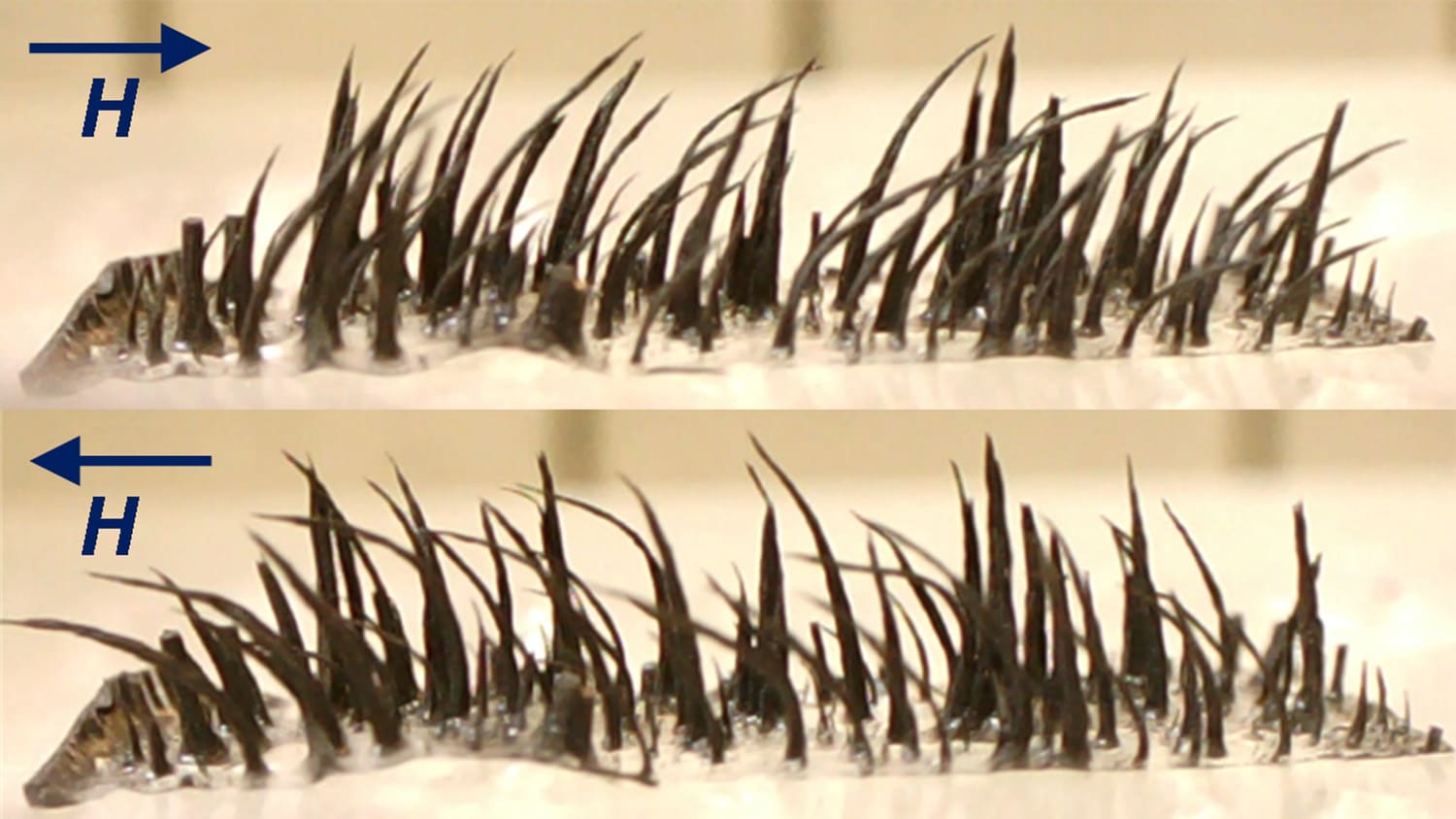Antibiotic-Resistant Pathogens Persist in Antibiotic-Free Pigs
Researchers from North Carolina State University have found identical strains of antibiotic-resistant Campylobacter Coli (C. coli) in both antibiotic-free (ABF) and conventionally raised pigs. This finding may indicate that these antibiotic-resistant pathogens can persist and thrive in the environment, regardless of antimicrobial usage by pork producers.
Dr. Siddhartha Thakur, assistant professor of population health and pathobiology, had previously found that antibiotic-resistant C. coli, a leading cause of foodborne illness in the U.S., was present in both ABF-certified and conventionally raised pigs. The pathogen was present in both groups in all facilities from breeding to processing. Thakur wanted to determine whether the C. coli that he found in each group was genetically the same, in order to see if the presence or absence of antimicrobial usage had an effect on the pathogen’s genetic makeup.
The rise of antibiotic-resistant pathogens like C. coli is a concern for the food animal industry. Some pig farms have switched to raising ABF pigs in an attempt to get away from the conditions that facilitated antibiotic resistance in the first place. The hope is that once the selection pressure – in the form of antimicrobial use – on C. coli to retain antibiotic resistance decreases, the pathogen will lose its resistance.
Over several years, Thakur and Ph.D. student Macarena Quintana-Hayashi collected thousands of samples from pigs and their surrounding environments, and performed a genetic analysis on 200 representative isolates of C. coli, to see if these strains were similar. They found that the Campylobacter populations in the two swine production systems (conventional and ABF) were in fact the same. Since the different pig populations never came into contact, the researchers concluded that the environment must be playing a large role in the continuing survival of antibiotic-resistant C. coli.
Thakur’s findings appear online in PLoS One.
“In the case of ABF pigs, the environment plays an important role in their exposure to these resistant strains,” Thakur says. “If the environment itself, and not the pig, is serving as a reservoir for C. coli, then we will most probably continue to find resistant bacterial populations, regardless of a producer’s antimicrobial use.”
-peake-
Note to editors: Abstract follows.
“Phylogenetic Analysis Reveals Common Antimicrobial Resistant Campylobacter coli Population in Antimicrobial-Free (ABF) and Commercial Swine Systems”
Authors: Macarena P. Quintana-Hayashi, Siddhartha Thakur, North Carolina State University
Published: PLOS One
Abstract:
The objective of this study was to compare the population biology of antimicrobial resistant (AR) Campylobacter coli isolated from swine reared in the conventional and antimicrobial-free (ABF) swine production systems at farm, slaughter and environment. A total of 200 C. coli isolates selected from fecal, environmental, and carcass samples of ABF (n = 100) and conventional (n = 100) swine production systems were typed by multilocus sequence typing (MLST). Sequence data from seven housekeeping genes was analyzed for the identification of allelic profiles, sequence types (STs) and clonal complex determination. Phylogenetic trees were generated to establish the relationships between the genotyped isolates. A total of 51 STs were detected including two novel alleles (glnA 424 and glyA 464) and 14 novel STs reported for the first time. The majority of the C. coli isolates belonged to ST-854 (ABF: 31, conventional: 17), and were grouped in clonal complex ST-828 (ABF: 68%, conventional: 66%). The mean genetic diversity (H) for the ABF (0.3963+/20.0806) and conventional (0.4655+/20.0714) systems were similar. The index of association (IsA) for the ABF (IsA= 0.1513) and conventional (IsA= 0.0991) C. coli populations were close to linkage equilibrium, indicative of a freely recombining population. Identical STs were detected between the pigs and their environment both at farm and slaughter. A minimum spanning tree revealed the close clustering of C. coli STs that originated from swine and carcass with those from the environment. In conclusion, our study reveals a genotypic diverse C. coli population that shares a common ancestry in the conventional and ABF swine production systems. This could potentially explain the high prevalence of antimicrobial resistant C. coli in the ABF system in the absence of antimicrobial selection pressure.
- Categories:


